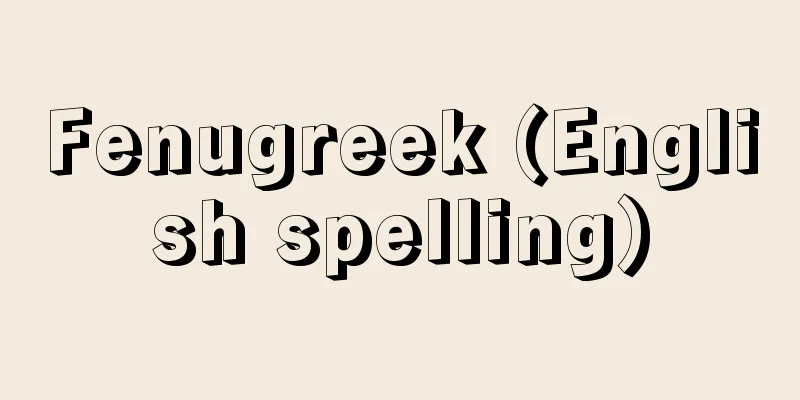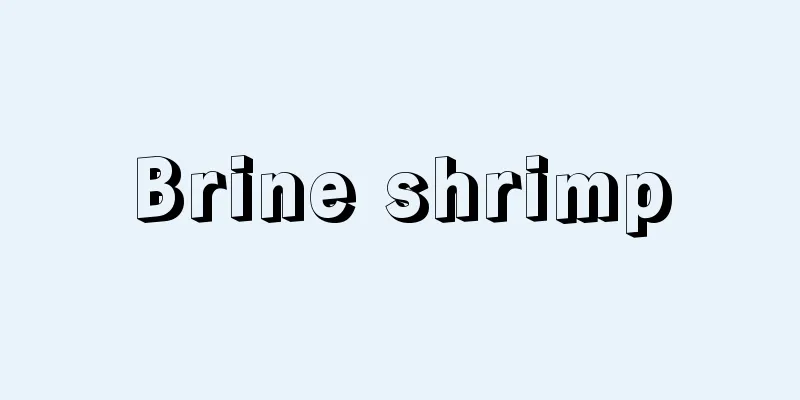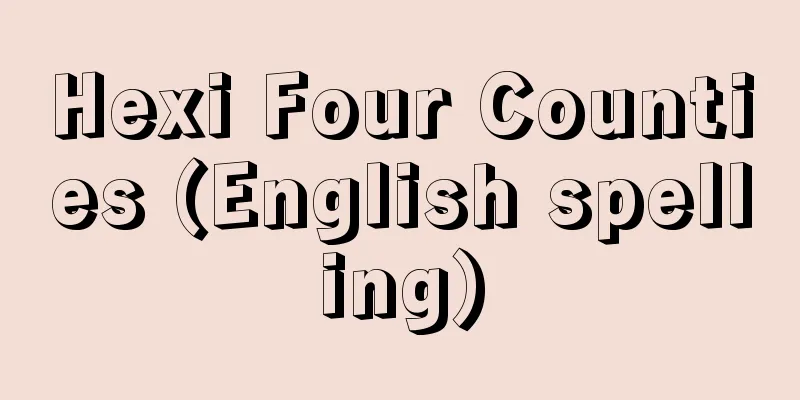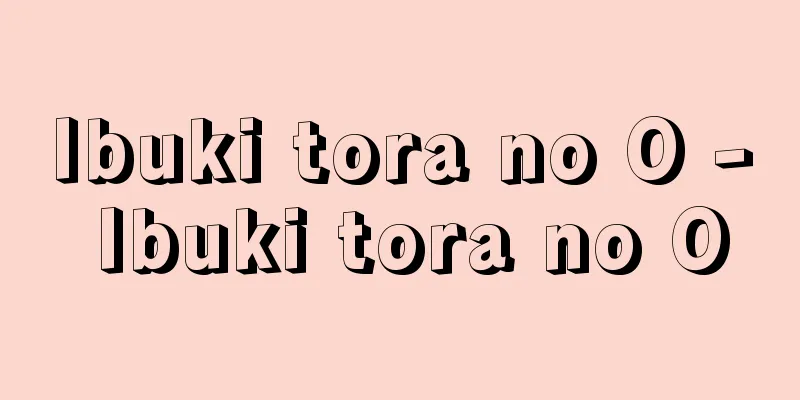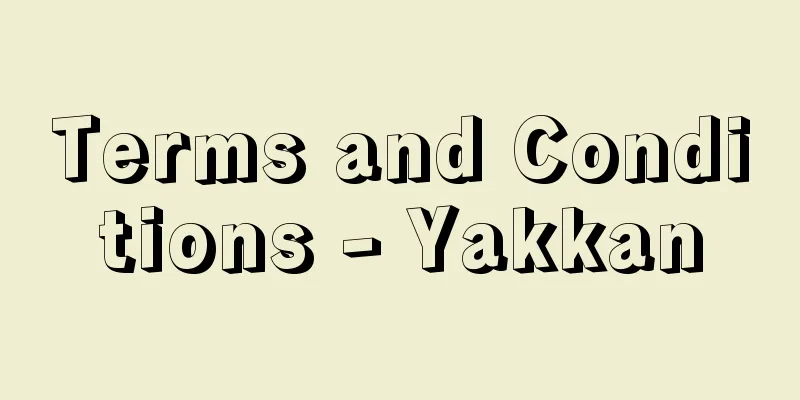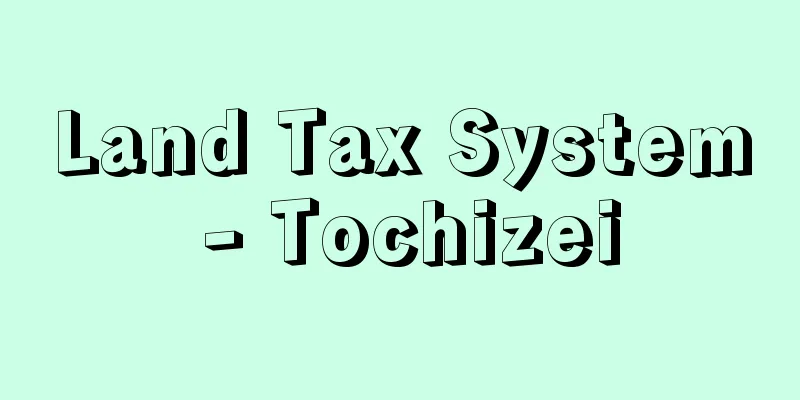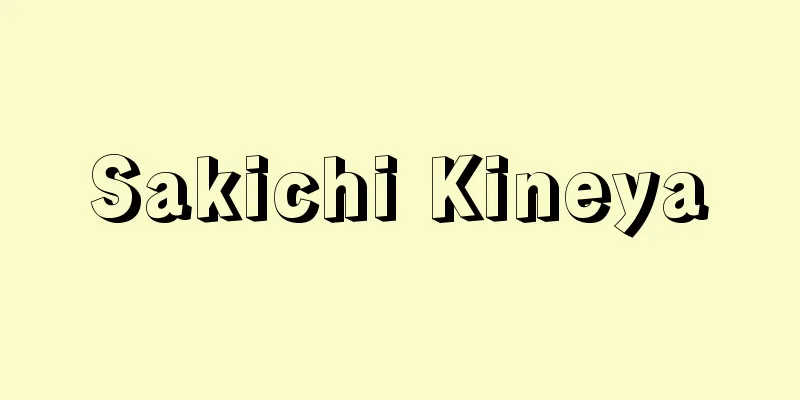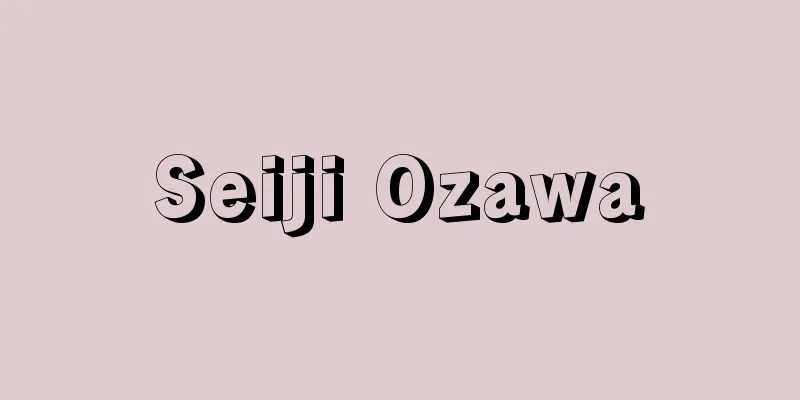Hearsay evidence - Hearsay evidence
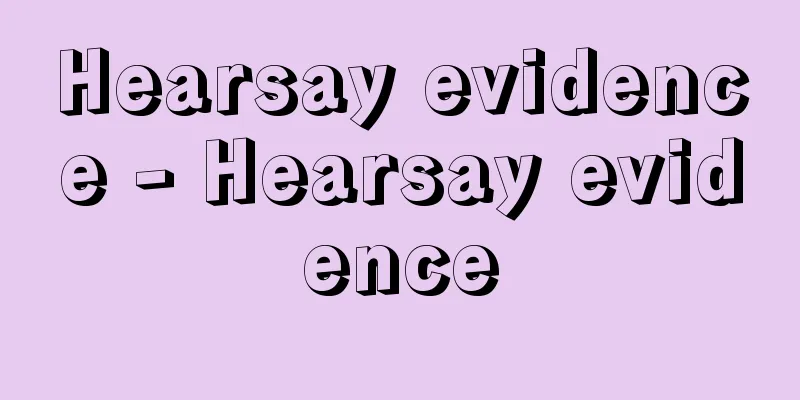
|
Testimony evidence without cross-examination in front of the court. There are two types of testimony evidence without cross-examination. One is, for example, when a person who hears the statement of a witness to a crime makes a statement at the trial date, and the original statement (the witness to the crime) cannot be cross-examined. The other is, for example, when a witness to a crime puts what he or she saw in writing instead of making a statement at the trial date, and in this case too, the original statement (the witness to the crime, the person who wrote the statement) cannot be cross-examined. Such testimony evidence without cross-examination cannot be used as evidence for finding facts, as the credibility of the statement is questionable (Criminal Procedure Law, Article 320, Paragraph 1). This is called the principle of hearsay prohibition or hearsay rule. This principle comes from the first part of Article 37, Paragraph 2 of the Constitution, which says, "A criminal defendant shall be given sufficient opportunity to examine all witnesses." However, hearsay evidence that is prohibited from being used as evidence is when it is intended to prove the truth of the facts contained in the statement, and if it is not, it is not hearsay evidence, and the hearsay rule does not apply. For example, if witness A states at a trial that "B said, 'C is a thief,'" and the fact (fact to be proven) to be proven by this statement is C's act of theft, then A's statement is hearsay evidence. However, if the fact to be proven is B's act of defamation against C, then B's statement itself is a fact that A experienced directly, and therefore is not hearsay evidence. However, there are a wide range of exceptions to the rule prohibiting hearsay (Articles 321-328 of the Code of Criminal Procedure), and hearsay evidence that meets the requirements for these exceptions is admissible as evidence. Such exceptions to hearsay are recognized because there is a circumstantial guarantee of credibility that can replace cross-examination, and the need to use it as evidence is recognized. In summary trial proceedings, hearsay evidence may be used unless the defendant or his or her attorney objects to its use as evidence (Article 350-2 of the Code of Criminal Procedure), and the same is true in summary public trial proceedings (Article 320-2 of the Code of Criminal Procedure). [Moriichi Taguchi] [Reference] | | |Source: Shogakukan Encyclopedia Nipponica About Encyclopedia Nipponica Information | Legend |
|
裁判所の面前での反対尋問を経ない供述証拠。反対尋問を経ない供述証拠には2種類がある。一つは、たとえば犯行の目撃者の目撃供述を聞いた者が、その聞いた内容を公判期日で供述するような場合であり、原供述者(犯行目撃者)に対する反対尋問ができない供述証拠である。もう一つは、たとえば犯行の目撃者が目撃内容を公判期日で供述するかわりに書面としたような場合であり、この場合も原供述者(犯行目撃者・書面作成者)に対する反対尋問ができない供述証拠である。このような反対尋問を経ない供述証拠は、その信用性に疑問が残るので、原則として、事実認定の証拠とすることはできない(刑事訴訟法320条1項)。これを伝聞禁止の原則または伝聞法則という。この原則は、憲法第37条第2項前段の「刑事被告人は、すべての証人に対して審問する機会を充分に与へられ」る、に由来する。 ただし、証拠としての利用が禁止される伝聞証拠とは、その証拠によって供述内容をなす事実の真実であることを証明しようとする場合であって、そうでない場合には伝聞証拠とはいえないので、伝聞法則の適用外となる。たとえば、証人Aが、公判期日において、「Bが『Cは窃盗犯人だ』と言っていた」と供述した場合に、この供述証拠によって証明しようとする事実(要証事実)がCの窃盗行為である場合には、Aの供述は伝聞証拠であるが、これに対して、要証事実がBのCに対する名誉毀損行為である場合には、Bの発言自体はAが直接体験した事実であるから伝聞証拠とはならない。 なお、伝聞禁止の原則には、広い範囲で例外(刑事訴訟法321条~328条)が認められており、この例外要件を備えた伝聞証拠には証拠能力が認められている。このような伝聞例外が認められるのは、反対尋問にかわる信用性の情況的保障があり、かつ、証拠とする必要性が認められるからであるとされている。また、簡易手続である即決裁判手続においては、被告人または弁護人に証拠とすることに異議がないかぎり、伝聞証拠を用いることができ(同法350条の2)、これは簡易公判手続においても同じである(同法320条2項)。 [田口守一] [参照項目] | | |出典 小学館 日本大百科全書(ニッポニカ)日本大百科全書(ニッポニカ)について 情報 | 凡例 |
<<: Starch sugar - starch sugar
Recommend
Antiform
...These are called slump folds, or because they ...
《Jātakamālā》 (English notation) Jatakamala
… In addition to the aforementioned Pāli texts, e...
Kidun - Kidun
…The name Pararaton means “Book of Kings.” It is ...
Hatanosho
The largest manor in Tosa, covering almost the ent...
Ambedkar - Bhimrao Ramji Ambedkar
Indian social reform activist and politician. He ...
Rumex conglomeratus (English spelling) Rumexconglomeratus
…[Kazumi Tsuchiya]. . … *Some of the terminology ...
comedy of humours
…This play is opposed to the orthodox comedy with...
Utsunomiya Prefecture
…In 1868 (Meiji 1), Moka Prefecture was establish...
Rhine [river] - Rhine
The largest river in Central Europe. It is 1,320 k...
Habima (English spelling)
A Jewish theater company whose name means stage in...
Dangerous work - dangerous work
...To protect the lives, bodies, and health of wo...
Atomic number - genshibango (English spelling) atomic number
The number of protons in an atomic nucleus, or th...
Chiroxiphia
...Total length 10-18cm. All species are small bi...
Law Concerning Temporary Measures for the Promotion of the Development and Modernization of the Salt Industry
...However, production costs could not compete wi...
Meister
〘Noun〙 (Meister) ① Expert. Master. Great master. M...

